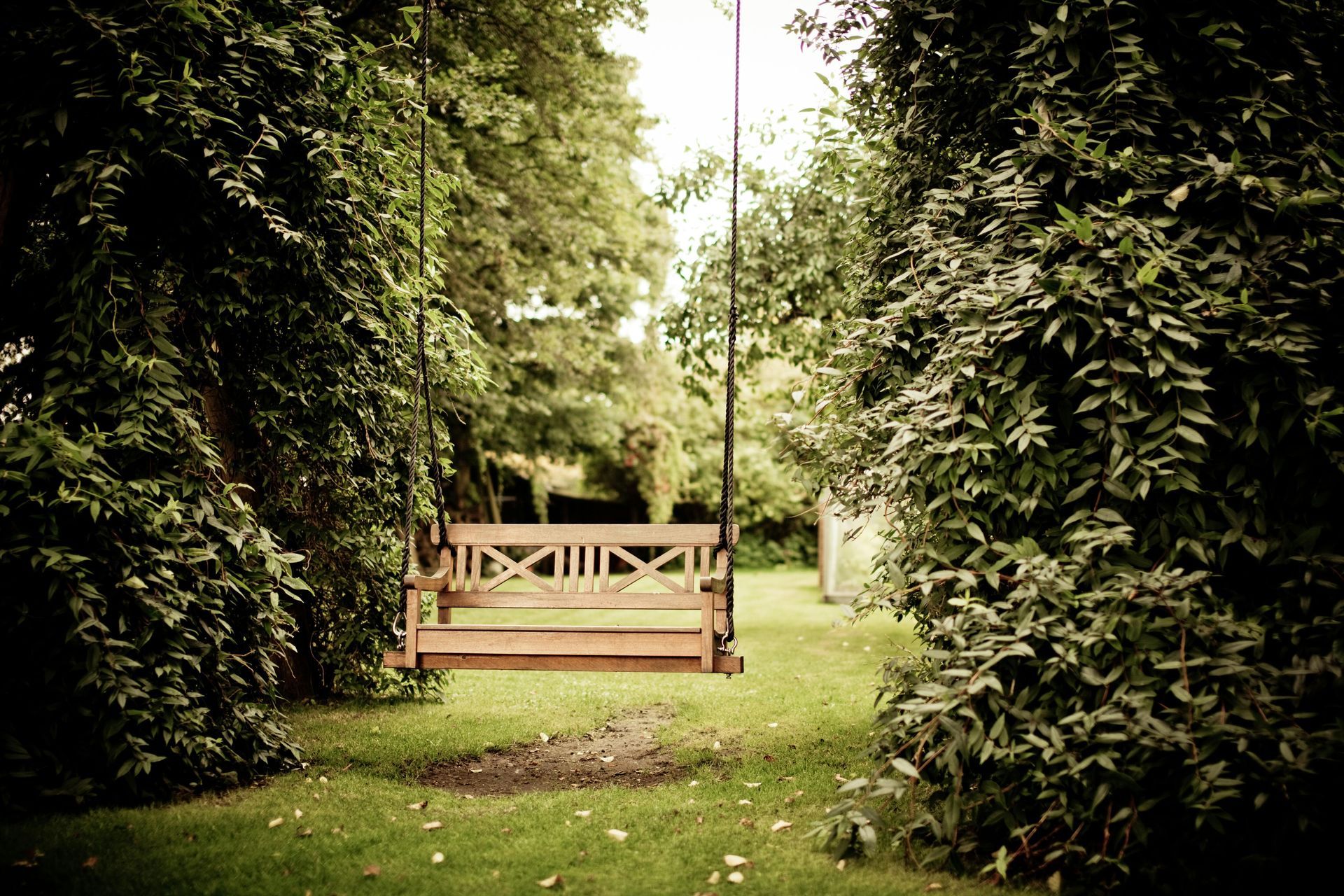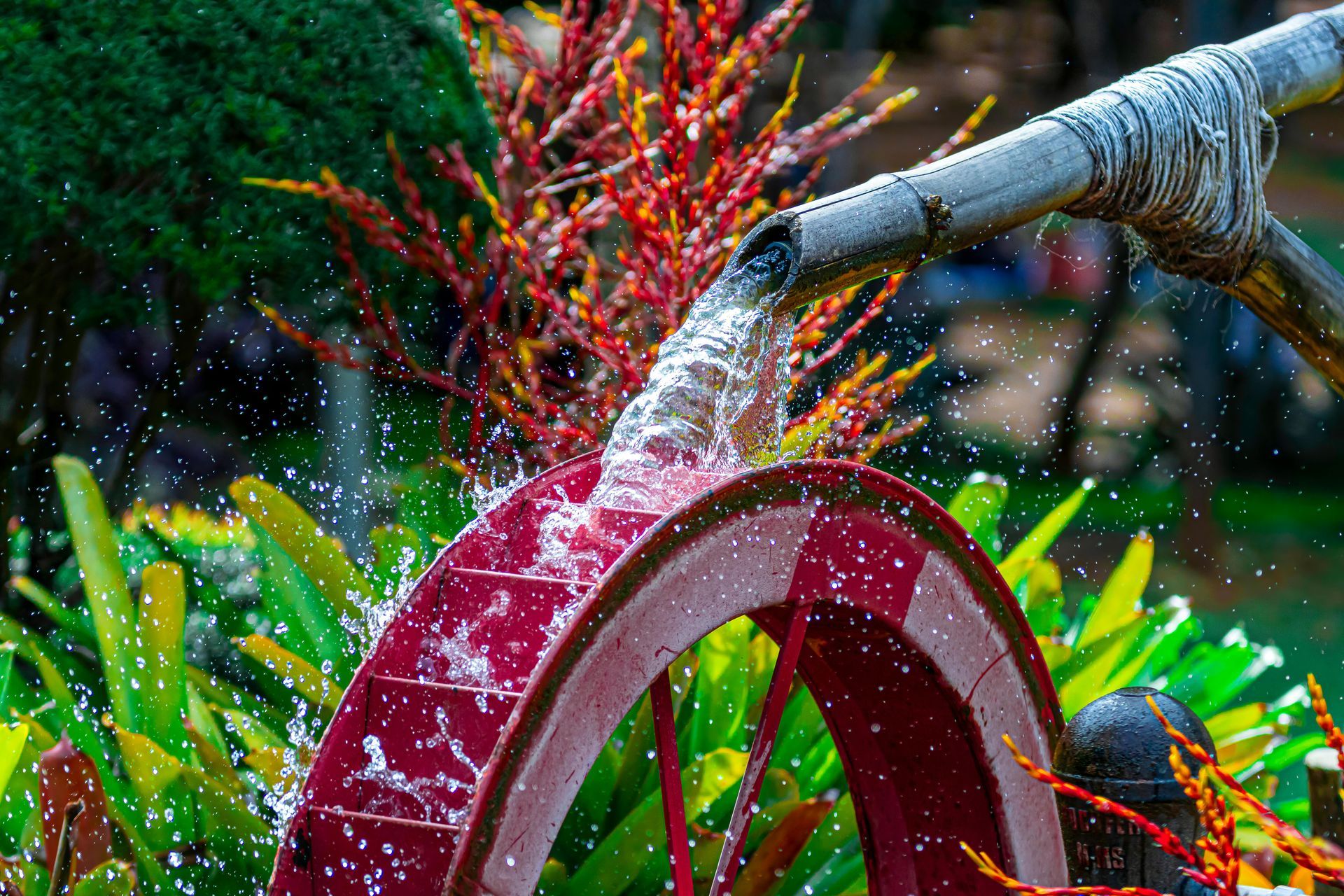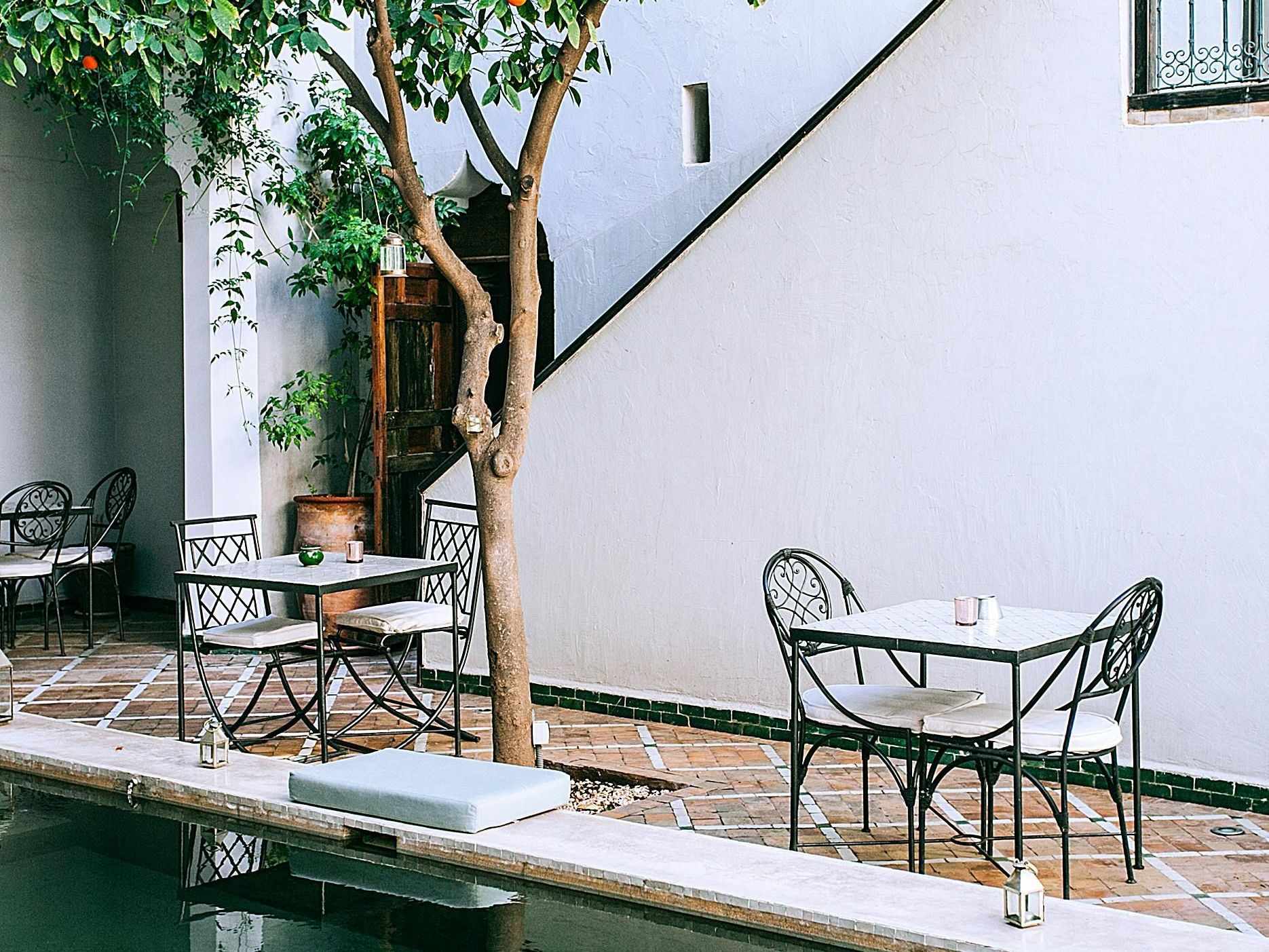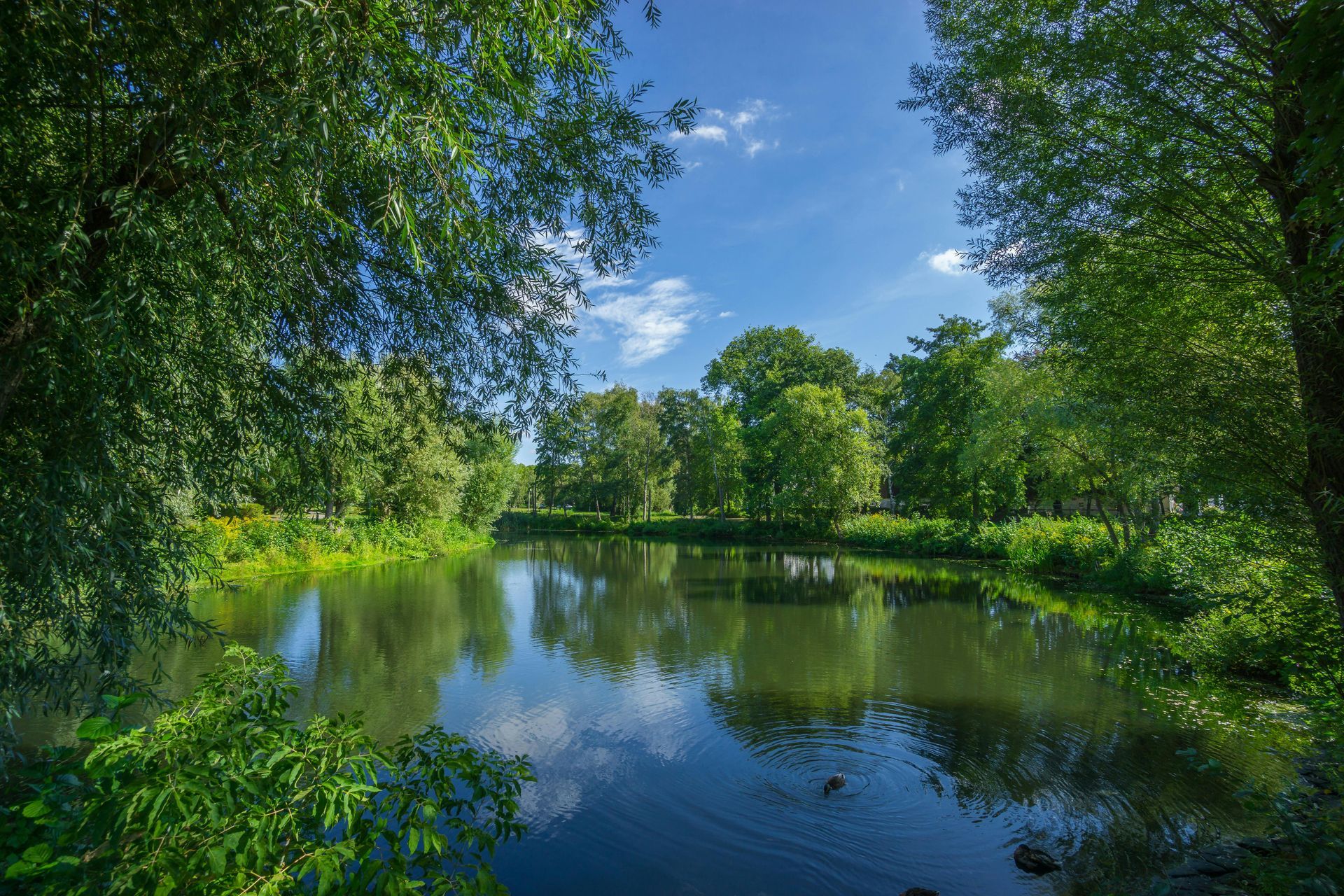Eco-Design vs. Circular Design: Key Differences Explained
What eco-design means in gardens and landscapes

Over-tidying, which strips away habitat. Perfection is often the enemy of biodiversity.
The idea that perfection hinders biodiversity is a recurring theme. The focus on neatness, often influenced by outdated perceptions, can lead to the loss of valuable habitats. In some gardens, there is a deliberate choice to leave more weeds and wildflowers, contributing to a "Garden of Imperfection". For instance, a block of dandelions, though often considered a weed, was left in one garden and was "vindicated" as a thriving spot for wildlife when little else was in flower. This approach often involves allowing plants to complete their full life cycle and not over-intervening with practices like frequent deadheading, as seed provides food for wildlife.
Community initiatives like "Excuse the weeds, we're feeding the bees" use signage to educate the public on the benefits of less cutting, transforming areas from perceived neglect into appreciated wildflower habitats. This challenges the traditional view that a "good council" cuts grass to an inch of its life, instead promoting the idea of councils embracing nature. Even within historical gardens like Great Dixter, moving away from spraying and allowing areas to become "wilder" initially raised eyebrows but ultimately led to a balanced ecosystem where pests are naturally controlled by predators. The "scrappy field" at Dixter, with nettles and brambles, was found to have significantly more species than a pristine orchid-rich meadow, demonstrating the value of diverse, less-manicured habitats. This shift in mindset requires "holding your nerve" and understanding that a garden is a dynamic, evolving system, not a static picture.
Short-term fixes that are hard to maintain or recycle. Design for repair from the start.
Designing for longevity and repair is crucial to avoid short-term solutions. For example, green roofs, if properly designed, can extend the life of a roof from 10-15 years to 30-60 years, making them a valuable long-term investment for real estate owners. This concept highlights the importance of "capital to care," ensuring that initial investments lead to sustained benefits.
In contrast, some early "brown roofs" were seen as short-sighted due to a lack of understanding or improper implementation, focusing solely on the aesthetic without considering the long-term ecological function. The development of Vertical Meadows aims to create sustainable vertical greening systems, acknowledging that many living walls in the past have failed. Their approach focuses on longevity and continuous learning, rather than temporary fixes.
A little restraint can do wonders. Fewer, better materials, and more life.
The principle of "nothing in, nothing out" advocates for minimal external inputs and maximizing the use of on-site resources, viewing nothing as waste. This approach fosters creativity in gardening and design, acknowledging the finite nature of resources. John Little's work, for example, champions the use of recycled and waste materials, such as rubble and crushed concrete, to create resilient, biodiverse schemes, transforming "disused spaces" into thriving habitats with harsh substrates. This hyperlocal use of materials, combined with community engagement, creates a strong connection to the local environment and its resources.
A quick checklist for your next project
Map sun, wind, and water. Place planting and features to work with microclimates.
Understanding and working with the natural elements of a site is fundamental. This includes considering microclimates, which can vary significantly even within a small area. For green roofs, factors like wind are crucial as they can be major dryers, impacting plant survival. Designing for micro-topography and features like ephemeral wetlands on roofs can create diverse conditions that support a wider range of species.
Rain gardens are a prime example of designing with water, managing surface water effectively, reducing runoff, storing water for droughts, cleaning water, and simultaneously increasing biodiversity. A "forest version" of Vertical Meadows is being developed for dark, shaded areas, in contrast to their sunny wall installations, demonstrating adaptation to specific microclimates. This approach is about harnessing natural processes rather than fighting them, reflecting the wisdom that "nature knows best".
List what you can reuse. Keep quality materials on site where possible.
Utilizing existing materials on site is a key aspect of sustainable design and can lead to innovative solutions. This can range from repurposing a bathtub as a pond to collecting discarded concrete for a brownfield bed. Creating mounds from leftover topsoil can increase topographic diversity and provide new nesting opportunities for insects. Similarly, fallen wood from trees can be incorporated into meadows, providing habitat and enriching the soil.
On a larger scale, practices like using biomass and wood chips from one's own estate for compost highlight a closed-loop system. The ability to reuse seeds also contributes to local provenance and reduces reliance on external inputs. John Little's pioneering work in using crushed concrete and dredges (me grit) to create diverse substrates on green roofs or brownfield sites is a testament to this principle, transforming what might be considered waste into valuable ecological assets. This "hyperlocal material" approach fosters community engagement and creates unique landscapes that reflect their immediate environment.
Prioritise native plants and structure. Layers of canopy, shrubs, perennials, and groundcover create habitat.
Creating a mosaic of habitats with diverse plant structures and species is vital for biodiversity. While there's a debate on native versus non-native plants, the importance of native species for specialist insects is acknowledged, as some species rely on specific plants due to their evolutionary history. However, blending natives and non-natives can also create greater diversity, and some non-native plants, like Echium, can provide valuable nectar sources over long periods, even for native insects.
The concept of a "rolling buffet" of flowers and nectar ensures a continuous food source for wildlife throughout the year. Designing with layers, including canopy, shrubs, perennials, and groundcover, mimics natural ecosystems and provides varied habitats. This structural diversity is critical; for instance, a "scrappy field" with nettles and brambles might support more species than a uniform orchid meadow because of its varied physical structures.
Initiatives like the London Living Roofs mix provide guidance for biodiverse roofs, emphasizing drought-tolerant wildflowers and a diversity of root structures for better environmental benefits. In vertical greening, the aim is to bring native UK wildflowers into vertical spaces, recognizing that vertical habitats can offer four times the area of a roof and provide a three-dimensional habitat for birds, amphibians, and reptiles. The use of locally sourced seeds, with high genetic variation, ensures plants are adapted to the site and maintains bioregional integrity.





